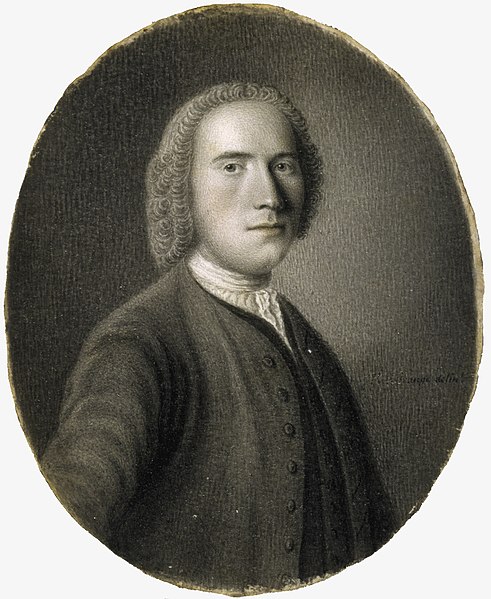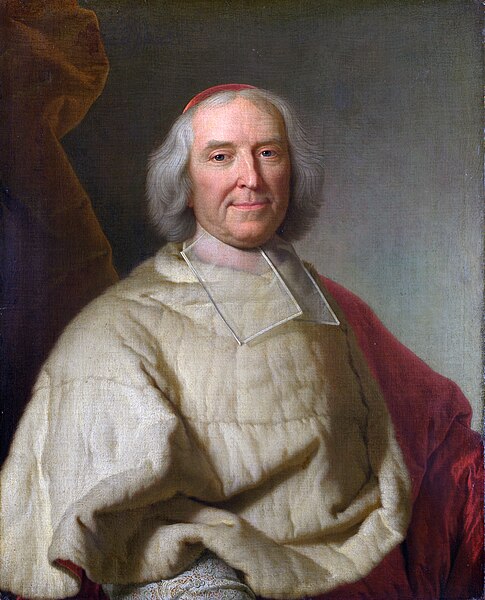Sir John Murray of Broughton, 7th Baronet of Stanhope, also known as Murray of Broughton, was a Scottish baronet, who served as Jacobite Secretary of State during the 1745 Rising.
Modern Broughton Place; built on site of Murray's birthplace in 1935, based on the original 17th century design
James, Duke of Hamilton (1703–1743) who in 1741 approved Murray as the principal Jacobite agent in Scotland
Prince Charles, painted in Edinburgh, late 1745
Lord George Murray, senior Scottish military commander; many of Charles' advisors regarded him with suspicion
The Jacobite rising of 1745 was an attempt by Charles Edward Stuart to regain the British throne for his father, James Francis Edward Stuart. It took place during the War of the Austrian Succession, when the bulk of the British Army was fighting in mainland Europe, and proved to be the last in a series of revolts that began in March 1689, with major outbreaks in 1715 and 1719.
An Incident in the Rebellion of 1745, David Morier
James Francis Edward Stuart, the 'Old Pretender,' or 'Chevalier de St George' portrait from 1748
Cardinal Fleury, chief minister of France 1723 to 1743; he viewed the Jacobites as an ineffective weapon for dealing with British power
Welsh Tory Sir Watkin Williams-Wynn (1692–1749); his sky-blue waistcoat was a Jacobite symbol








